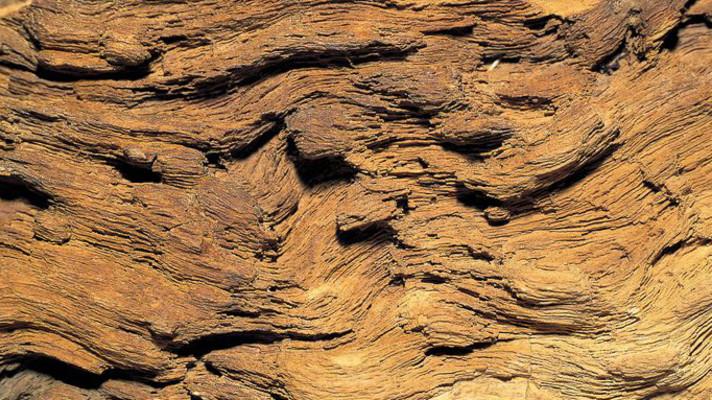Ložiska Srbska vč. Kosova
Data source:
Monthel J., Vadala P., Leistel J.M., Cottard F., with the collaboration of Ilic M., Strumberger A., Tosovic R., Stepanovic A. (2002) – Mineral deposits and mining districts of Serbia. Compilation map and GIS databases. BRGM/RC-51448-FR, 67 p., 26 Fig., 1 Table, 1 Plate, 2 App., 1 CD-rom.
Summary of the work:
Work for the map and GIS databases of the mineral deposits and mining districts of Serbia was carried out within the context of a French Government aid project for the Republic of Serbia's Ministry of Mining and Energy.
The Minerals map, compiled at 1:750,000 scale, shows the country's principal deposits for energy minerals, base and precious metallic minerals, and industrial minerals, and also the country's main mining districts. The data have been plotted on a topographic and simplified geology base using MapInfo software.
The mineral deposits and mining districts databases have been constructed under Microsoft Access, based on the model developed by BRGM for its scientific research projects.
The "Ore deposit" database contains 199 records that include:
- geographic location,
- geological data (typology, morphology, age and type of mineralization and host rock, mineralogical composition of the ore, gangue and hydrothermal alteration),
- economic data (mine status, type of development, former production, status of resources and reserves),
- data concerning environmental hazards likely to be generated by the deposit,
- bibliographic references.
The same information is also provided in catalogue form as an appendix to this report.
Twelve main mining districts are distinguished. The relevant information concerning these districts is stored in the "District" database and includes:
- a list of the deposits located within the district,
- the main primary and secondary ore minerals (commodities or substances) present, each annotated with an assessment of the contained metal weight so as to enable an evaluation of the district's economic importance,
- the dominant typology or characteristic(s) of the district,
- the age of the mineralization and host rocks,
- a synopsis of the geological and economic data,
- a comment on the potential environmental releases and damage associated with the relevant mining and mineral-processing industry,
- the main bibliographic references.
All this information is also provided in catalogue form as an appendix to this report.
The report introduces these documents and then reviews the country's mineral and mining potential through a series of figures compiled from thematic analyses of Serbia's best-represented mineral commodities.
Serbia's Kosovo-Metohija Pliocene Basin contains the largest exploitable reserves of lignite in Europe. Serbia is also known for its copper mining in the Timoc District and lead-zinc mines in the Kopaonik District —two districts that provide an important economic potential, but where the relaunching and development of the mining industry will require major changes and extensive investment. If one considers the examples of Greece and the Republic of Macedonia, then the Tertiary volcanic exposures of the Serbo-Macedonian Metallogenic Province should be highly favourable for the presence of precious metals. Moreover, in Serbia, this province appears to have been under-explored for gold, particularly with the availability of modern exploration tools and procedures suited to the country's geology and morphology. Among the many industrial minerals present in Serbia, particular attention should be paid to the significant resources in borate, magnesite and raw materials for the ceramics and glass industries (halloysite, wollastonite).
The documents, despite their imperfections, provide a basis for promoting and aiding in the restructuring and development of Serbia's mining sector. Combing mining with environmental data, they provide a "sustainable development" approach.
- Mining districts of Serbia -
 |
Bližsí podrbnosti další data najdte na:http://giseurope.brgm.fr/
ZDROJ: giseurope.brgm.fr
